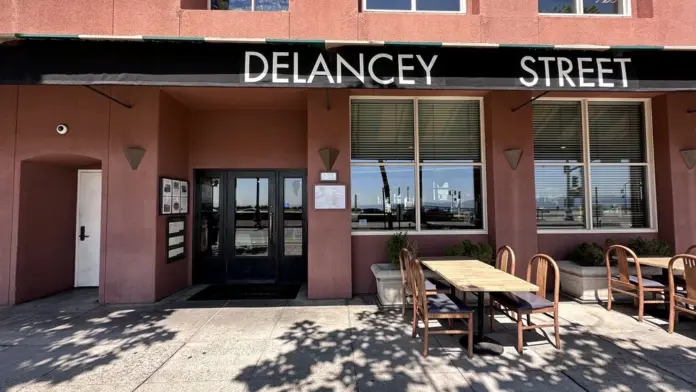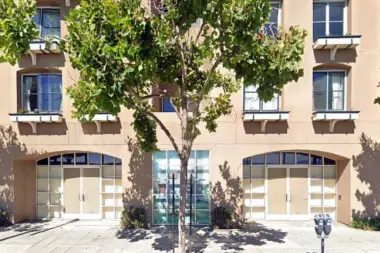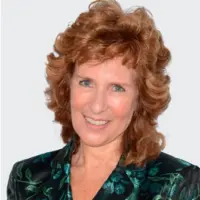About Delancey Street Foundation
Just north of Oracle Park in San Francisco, California, you’ll find the Delancey Street Foundation’s San Francisco community. This unique organization provides a safe space and a long-term refuge for ex-convicts, homeless individuals, people with drug addictions, and others who’ve hit rock bottom in their lives. It’s free to enroll and participate.
Instead of a traditional treatment program or service for drug and alcohol addiction, they offer a structured living experience designed to help residents in two main ways. Firstly, each individual is given the opportunity to break free from their past, and secondly, everyone who moves through the program is taught how to contribute to something that goes beyond their individual lives. They charge no fees, relying instead on the collective contributions of the many people who live and work in the community.
Helping Residents Rebuild Their Lives
They have three primary rules to help maintain the safety of the community: no violence, no threats, and no drugs or alcohol. These rules make the community a safe environment for those recovering from an alcohol or substance addiction to achieve and maintain sobriety.
Their program takes place in a series of phases. In the first phase, they help you develop personal skills like breaking old habits, forming new ones, and living in harmony with the community. From then on, they provide you with several opportunities to work, learn vocational skills, and build yourself up in the community. Residents who’ve been in the community for three or more years even earn the opportunities of helping newer residents and running the operation themselves.
Equipping You for the Road Ahead
Another great part about this community is that they focus on equipping everyone with an education. Residents are required to attain at least a high school equivalent if they don’t yet have one, and there are many opportunities for higher learning.
Because the community is in the Bayside Park area, you’ll be close to several recreational spots and useful resources. The facility is near the Embarcadero & Brannan train station, making accessing public transport simple. The world-famous Bay Bridge Lookout in Rincon Park is also less than half a mile north of the community.
Latest Reviews
Rehab Score
Gallery






Addiction Treatments
Levels of Care
Sober Living Houses (SLHs), aka sober homes or halfway houses, are safe, substance-free, supportive living facilities for those recovering from substance abuse. Ideal for those who've just been through inpatient or outpatient treatment, SLHs are supervised environments with rules that support sobriety, such as curfews, shared chores, and therapeutic meetings. Residents are also often trained on life skills and coping skills to make it easier to transition into society. SLHs also provide a strong sense of community that can lead to the kind of deep and lasting connections with other sober individuals that supports a new, healthy lifestyle.
Completing a drug or alcohol rehab program shouldn't spell the end of substance abuse treatment. Aftercare involves making a sustainable plan for recovery, including ongoing support. This can include sober living arrangements like halfway houses, career counseling, and setting a patient up with community programs like Alcoholics Anonymous (AA) or Narcotics Anonymous (NA).
Inpatient rehab provides intensive treatment for clients exiting detox, those in early recovery, and those at an elevated risk of relapse. Unlike outpatient drug rehab, clients receiving inpatient care reside at the facility for the duration of the program. The length of stay may range from two weeks to 18 months or more, depending on the client's needs and the program's design. Inpatient treatment typically involves extensive addiction education and recovery-focused life skills training.
Treatments
Alcoholism, or alcohol use disorder (AUD), is defined by alcohol dependence. This is a state the body reaches when it experiences withdrawal symptoms in the absence of alcohol. A person who has AUD craves alcohol and continues to drink despite adverse consequences. Because withdrawing from alcohol can pose health risks, individuals with AUD should seek professional alcohol rehab in California to overcome their alcohol addiction. This process typically involves medical detox, rehabilitation, and maintenance.
Drug rehab in California teaches participants constructive ways to stay clean and sober. Treatment revolves around helping individuals stop using the substance they are addicted to and learn healthy habits to avoid relapse.
Staff

Mimi Silbert
President and CEO
Contact Information
601 The Embarcadero
San Francisco, CA 94107